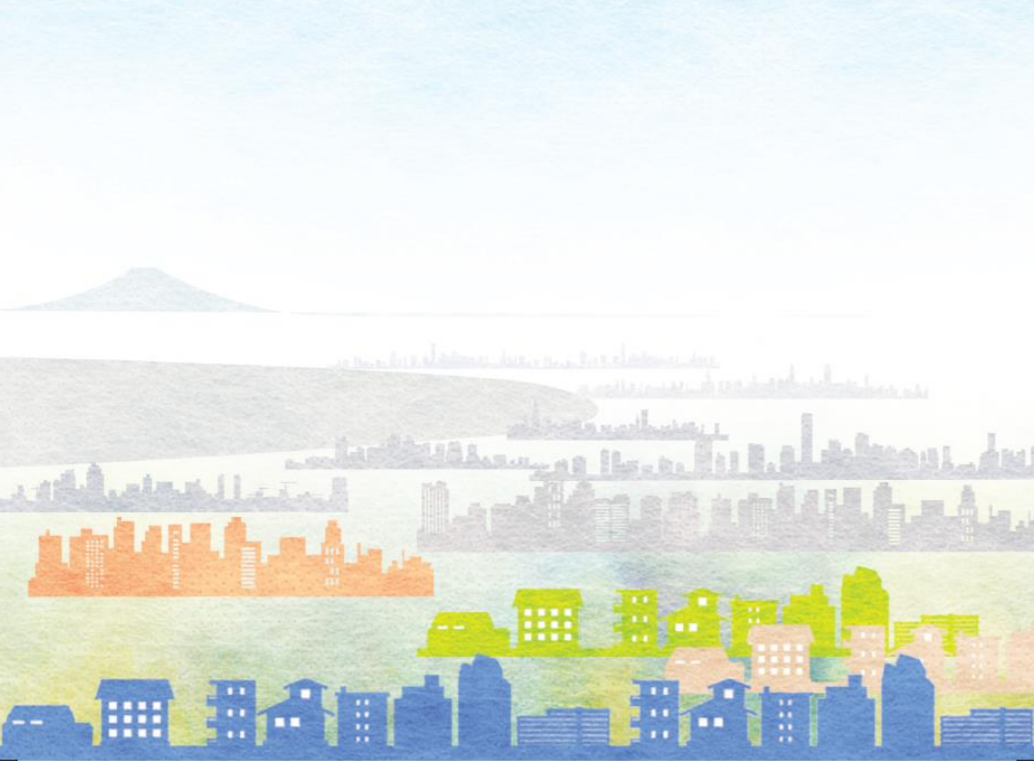A Green Person and a Blue Person
In a graduate school called the “Graduate School of Policy Studies” which was first established in Japan more than 20 years ago, I once gave my students a report assignment titled “A Green Person and a Blue Person.” After that, I gave the same assignment to my students in undergraduate lectures in my faculty and in graduate lectures at a Graduate School of Policy Sciences in Kansai that had no faculty, and conveyed the true charm of comprehensive policy studies to the students. The report assignment was as follows.
”In a certain society, a green person proposes that the members go to the right whereas a blue person suggests that they should go to the left, and then the society took the right path according to what the green person said. Next, enumerate the situations in which such a phenomenon might occur and consider the policy implications.”
The contents of the reports of the students at that time, including graduate students, were extremely diverse, with various considerations added, and were very suggestive. I would like young readers, including middle and high school students, to think about the assignment by themselves first.
The reason why this phenomenon occurs can be considered as follows: (1) Most of the members of the society were green people. (2) The green person was a legally authorized representative. (3) The green person was the supreme leader of the dominant religion. (4) The green person was considered beautiful from the aesthetic viewpoint of society. (5) The green person provided scientific evidence for the proposal. (6) In the light of past behavior, social confidence in the green person was higher than in the blue person. (7) The right path proposed by the green person gained more votes (the result of one vote per person). (8) The right path proposed by the green person had a greater net benefit to the society as a whole (the result of one yen and one vote). (9) The right path seemed to be easier to walk along than the left. (10) The green person’s speech was better than the blue person’s. And so on (including the overlapping of the above factors).
Even if the blue person’s discourse was correct from a one-off scientific basis, when the blue person was thought of as a “wolf boy” based on past behavior, the scientific evidence alone would not be enough to cause the society to change. Furthermore, even if the blue person could say what is really correct, it is also true that the collective decision often depends on the feelings of those who just don’t want to accept anything the blue person says.
From these above points, it seems necessary to consider the concept that “policy is a human matter.”
(Author: Akira Yokoyama)
This essay is the English version of No. 32, July 2, 2019 on the Japanese website.
